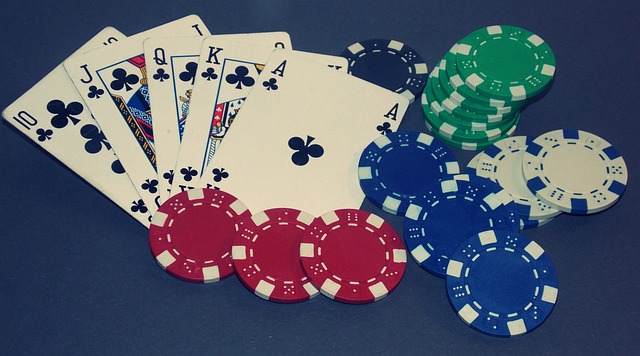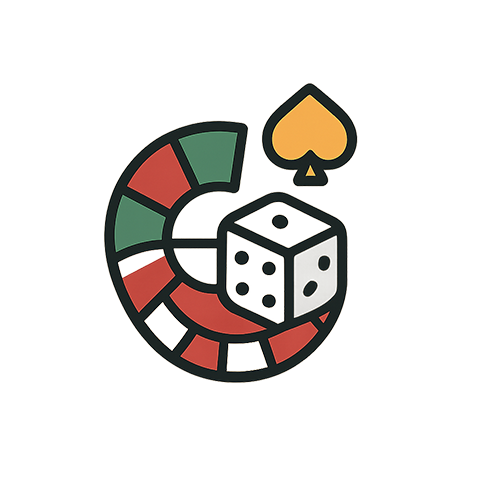
“The Art of Stacking: Mastering Chip Management in Poker”
The Art of Stacking: Mastering Chip Management in Poker
As players gather around the felt, the atmosphere is charged with anticipation. The crisp sound of chips being shuffled echoes through the room, each click resonating like a heartbeat. In poker, the art of stacking is not just about the physical arrangement of your chips; it’s a profound strategy that can dictate the flow of the game and your overall success at the table.
Understanding Your Stacks
When it comes to stacking chips, organization is key. A well-arranged stack can give you a psychological edge over your opponents. It’s more than just aesthetics; a neatly stacked set of chips allows for easier counting and faster decision-making. Think of your stack as an extension of your gameplay—each chip represents a strategic decision, a risk taken, and a potential reward waiting to be claimed.
The Emotional Connection
Every poker player knows that chips carry more than just monetary value; they represent your aspirations, your determination, and sometimes even your fears. Stacking your chips effectively means embracing the emotional journey of the game. As you build your stack through wins and losses, you cultivate a deeper connection with each chip, transforming them into symbols of your gambling saga.
Strategic Stacking During Play
The moment you sit down at a poker table, your approach to stacking will directly impact your strategy. Whether you’re playing tight or loose, knowing how to manage your chips effectively can either buoy your confidence or lead you to ruin. Here are a few tips for mastering your chip management:
- Keep it Simple: Use clear and concise patterns for your stacks. Consider using high-value chips on the bottom and low-value chips on top for quick access and a better visual representation of your bankroll.
- Stay Aware: Always keep track of your opponents’ stacks. Being attuned to their chip management can provide valuable insights into their strategies and may influence your own decisions.
- Practice Patience: Building your stack takes time. Embrace the process and don’t rush your decisions. A well-timed bet can pay off in dividends, doubling or tripling your count during pivotal moments.
- Emotional Control: The ebb and flow of poker can be overwhelming, especially during a losing streak. Stay focused on your stack, and don’t let frustration lead to reckless bets. Each chip matters!
The Advantages of a Solid Stack
Your stack isn’t just a means to an end; it can be an instrument of influence at the table. A larger stack can give you leverage, allowing you to make more aggressive plays that can intimidate opponents. Conversely, having a shorter stack might force you into high-risk, high-reward situations. Understanding how to navigate these dynamics is crucial in honing your skill set as a poker player.
Ultimately, mastering the art of stacking in poker is not only about numbers and strategies but also about the psychological warfare that unfolds at the table. By refining your chip management skills, you can enhance your gameplay, boost your confidence, and forge a deeper connection with the game itself. The chips aren’t just tokens; they are the very essence of your poker experience.
